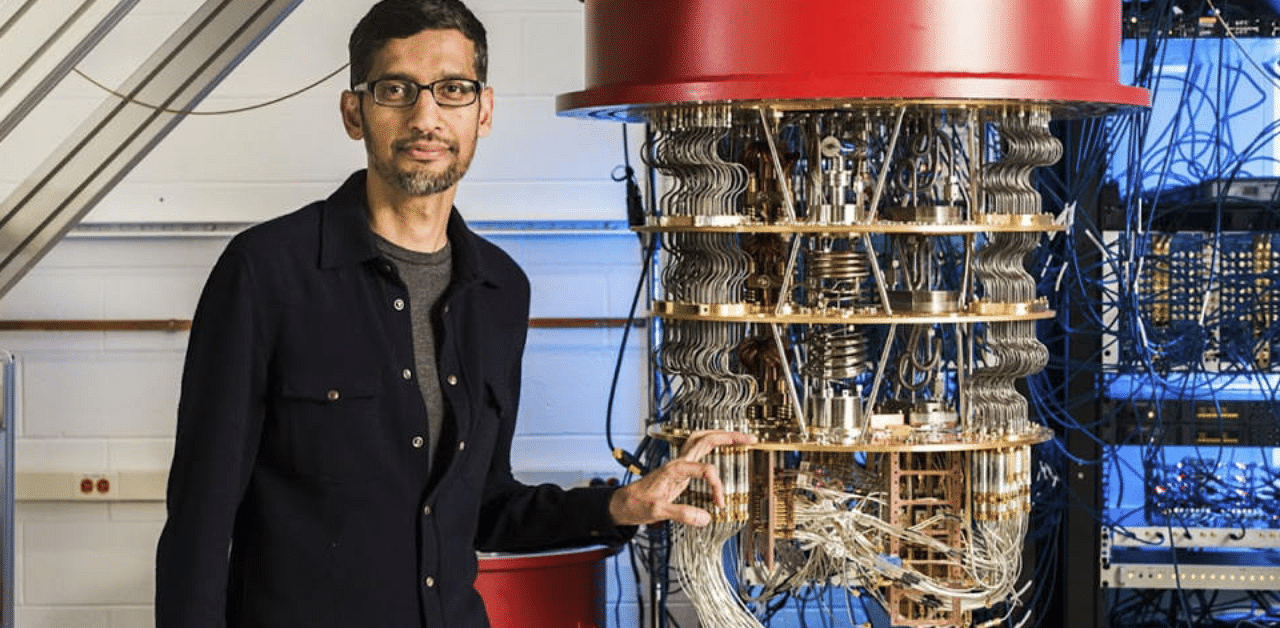
Fully functional quantum computers and a new quantum industry may appear much sooner than many have anticipated—thanks to five new National Quantum Information Science Research centres just announced by the US Department of Energy. This latest development in the recently launched National Quantum Initiative Act, signed into law in December 2018, comes with $625 million in funding over five years.
It’s a huge deal: for the first time, researchers from academia, US national labs and industry will be working side by side aiming to speed up the fundamental quantum information science research. And more research should bring us closer to advanced quantum technologies and the grandest goal of quantum information science, creating a fault-tolerant quantum computer that can indefinitely compute without errors.
Why do we need quantum computers? We need them to speed up the process of scientific discovery so that we can address some our greatest global challenges, from designing new materials for more efficient carbon capture plants and batteries to better drugs and vaccines. Traditionally, material design has depended a lot on either happy accidents or a long and tedious iterative process of experimentation. Over the past half a century, classical computers have greatly accelerated this process by performing molecular simulations. Still, classical computers can’t simulate complex molecules with enough accuracy, and that’s where quantum computing will be able to help.
Quantum computers rely on the same physical rules as atoms to manipulate information. Just like traditional, classical, computers execute logical circuits to run software programs, quantum computers use the physics phenomena of superposition, entanglement and interference to execute quantum circuits. One day soon, they should be able to perform mathematical calculations out of the reach of the most advanced current and future classical supercomputers.
But to get there, we will need to build quantum machines that compute without errors. Quantum computers rely on fragile qubits, short for quantum bits, which are only of use when they are in a delicate quantum state. Any external disturbances or “noise,” such as heat, light or vibrations, inevitably yanks these qubits out of their quantum state and turns them into regular bits.
Overcoming this hurdle is beyond the limits of a single team, and we need scores of scientists from academia, the national labs and industry to get us there. This is where the new centres come in. At last, they will get the talent from all our R&D sectors to work together on quantum-related issues.
Take the problem of building a quantum system that would compute without errors. Our best theories estimate that to get there, we should build machines with tens of millions of qubits on a single cooled-down chip. But we don’t want to cool down quantum chips the size of football fields. To avoid it, we need many breakthroughs—meaning we have to invest in research at scale. Luckily, some of the latest results show that it’s possible to reduce the number of qubits we need to implement error-correcting codes.
But even if we achieve this, we will have to overcome another hurdle: linking quantum processors, just like we connect today’s computer chips inside data centres using intranets. This requires quantum interconnects that transfer the fragile quantum information stored in the processor’s qubits into a different quantum format (say, photons) that “communicate” the data to another processor. Advances in this space must unite disparate technologies like superconducting qubits and fibre optics while solving outstanding challenges in materials science and quantum communications.
Research teams could probably solve these problems, and many other challenges the quantum information science community is tackling, individually. But it would take decades, and we can’t afford to wait this long. Partnerships and collaboration, through the new centres, will offer us the chance of making the quantum leap we need. With a long-term vision of establishing a robust national quantum ecosystem, academia, national labs and industry partners, at last, have a quantum roadmap.
Now it’s up to all the partners in this joint effort to create a quantum ecosystem and industry. We’ll need plenty of the wit, talent, creativity and enthusiasm of a skilled and diverse quantum workforce to make it happen.